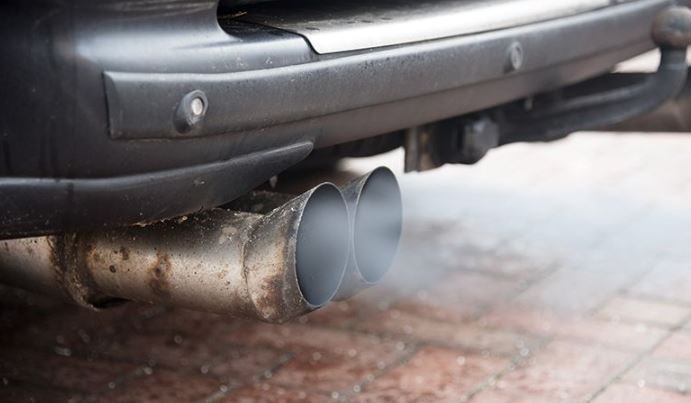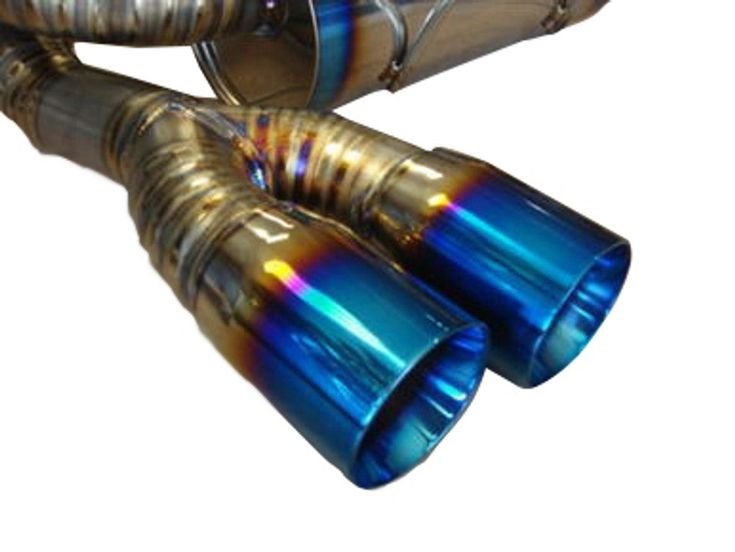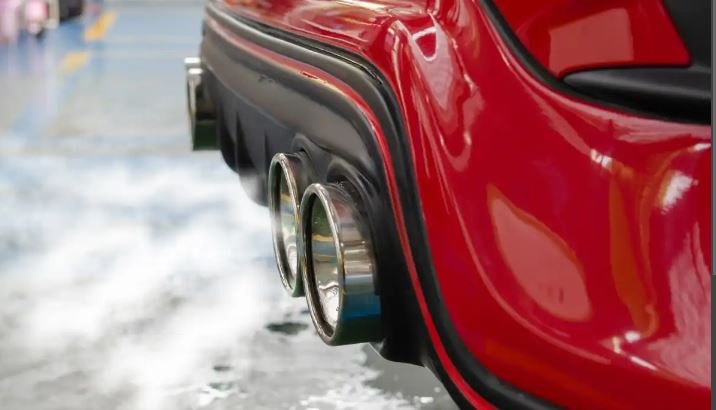Eco-friendly exhaust systems are gaining popularity as more vehicle owners and manufacturers aim to reduce their environmental impact. These exhaust systems are designed to minimize emissions, improve fuel efficiency, and utilize sustainable materials. This guide explores the benefits, types, and considerations of eco-friendly exhausts.

1. What Are Eco-Friendly Exhausts?
Eco-friendly exhausts are designed to reduce harmful emissions and enhance the environmental performance of vehicles. These systems use advanced technologies and sustainable materials to decrease the release of pollutants such as carbon monoxide, nitrogen oxides, and hydrocarbons.
2. Benefits of Eco-Friendly Exhaust Systems
Eco-friendly exhaust systems offer several advantages:
- Reduced Emissions: They significantly lower the levels of harmful gases released into the atmosphere.
- Improved Fuel Efficiency: These systems help the engine operate more efficiently, reducing fuel consumption.
- Enhanced Engine Performance: By optimizing exhaust flow, eco-friendly systems can improve engine performance.
- Sustainability: They often use recyclable and sustainable materials, contributing to environmental conservation.
3. Types of Eco-Friendly Exhaust Systems
There are various types of eco-friendly exhaust systems available:
- Catalytic Converters: These devices convert harmful gases into less harmful substances before they exit the exhaust system.
- Diesel Particulate Filters (DPFs): DPFs capture and store exhaust soot, reducing particulate emissions from diesel engines.
- Selective Catalytic Reduction (SCR) Systems: SCR systems inject a urea-based solution into the exhaust stream to reduce nitrogen oxide emissions.
- Hybrid and Electric Vehicle Exhausts: These vehicles produce significantly fewer emissions due to their partial or complete reliance on electric power.
4. Catalytic Converters and Their Role
Catalytic converters are crucial components in eco-friendly exhaust systems. They use catalysts, usually made of platinum, palladium, and rhodium, to trigger chemical reactions that transform harmful gases into less harmful ones. This process drastically reduces the vehicle’s overall emissions.
5. Diesel Particulate Filters (DPFs)
DPFs are essential for diesel engines. They trap soot and other particulate matter, preventing them from being released into the atmosphere. Regular regeneration or cleaning of the DPF ensures it continues to function effectively, maintaining low emission levels.
6. Selective Catalytic Reduction (SCR) Systems
SCR systems are particularly effective for reducing nitrogen oxide emissions in diesel engines. They inject a urea solution, commonly known as AdBlue, into the exhaust stream. This solution reacts with nitrogen oxides, converting them into harmless nitrogen and water vapor.
7. Hybrid and Electric Vehicle Exhaust Systems
Hybrid and electric vehicles (EVs) inherently produce fewer emissions. Hybrids combine an internal combustion engine with an electric motor, reducing the reliance on fossil fuels. EVs, which rely solely on electric power, eliminate tailpipe emissions entirely, making them the most eco-friendly option.
8. Sustainable Materials in Exhaust Systems
Eco-friendly exhaust systems often incorporate sustainable and recyclable materials. Stainless steel and aluminized steel are common choices due to their durability and recyclability. Additionally, some manufacturers are exploring the use of advanced composites and other innovative materials to further reduce the environmental impact.
9. Maintenance of Eco-Friendly Exhaust Systems
Regular maintenance is essential to ensure the longevity and effectiveness of eco-friendly exhaust systems. This includes:
- Inspecting for Leaks: Regularly check for exhaust leaks that can increase emissions and reduce efficiency.
- Cleaning Filters and Converters: Ensure that DPFs and catalytic converters are clean and functioning properly.
- Monitoring Emission Levels: Regular emission tests can help identify and address any issues promptly.
10. Conclusion
Eco-friendly exhaust systems represent a significant step towards reducing the environmental impact of vehicles. By lowering emissions, improving fuel efficiency, and utilizing sustainable materials, these systems contribute to a cleaner and healthier planet. Regular maintenance and an understanding of the different types of eco-friendly exhausts can help vehicle owners make informed choices that benefit both their vehicles and the environment.




